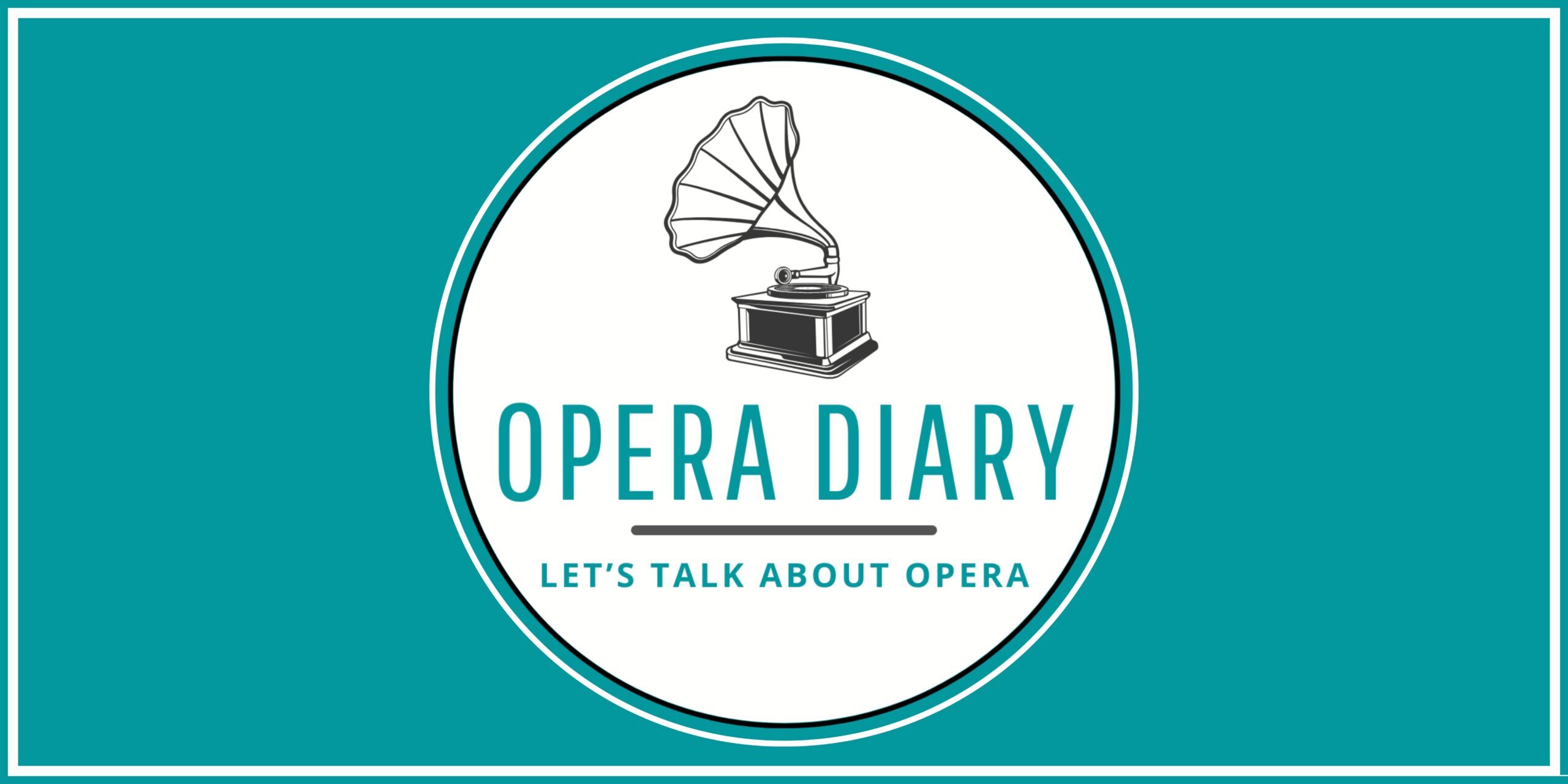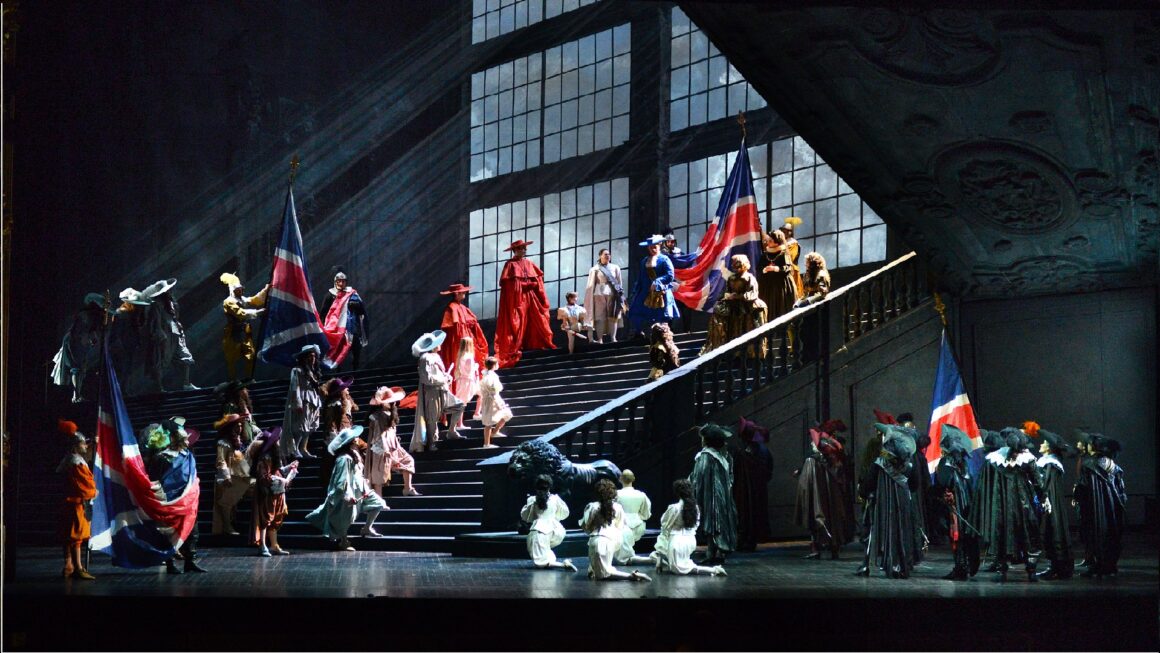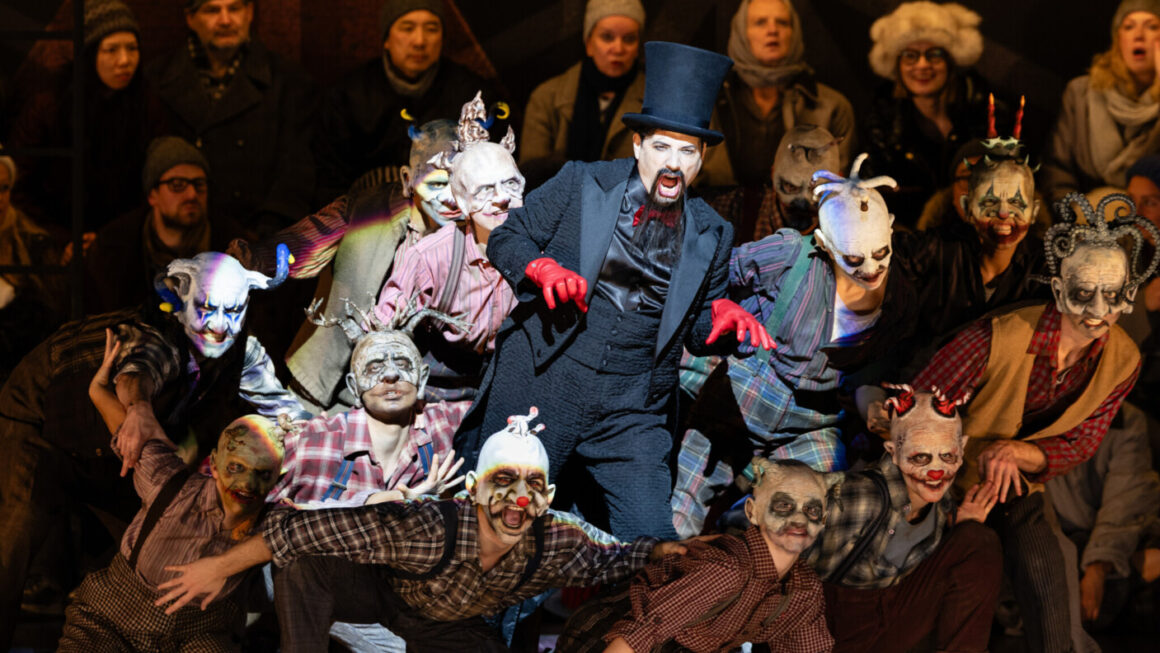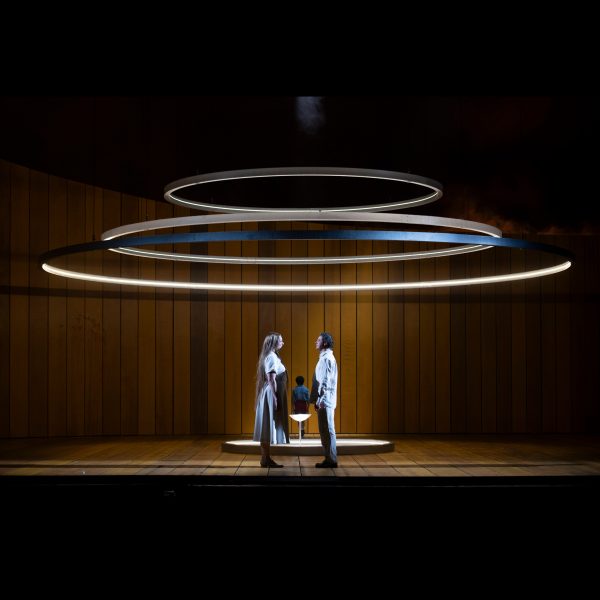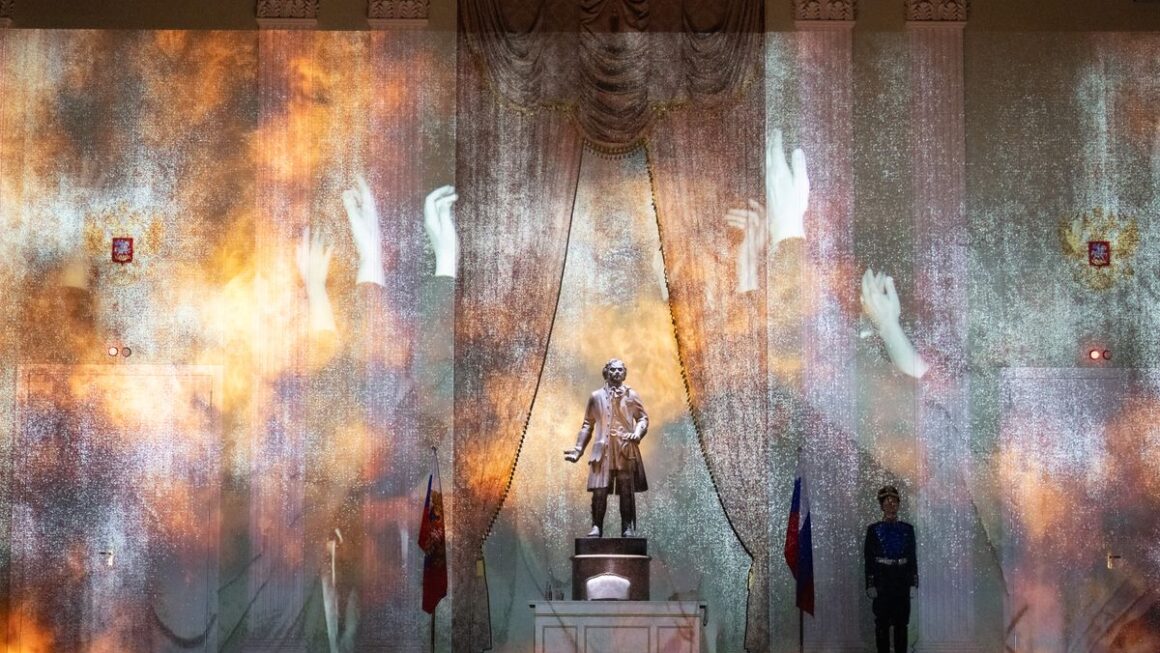For many opera lovers and enthusiasts, “Un ballo in maschera” is Verdi’s perfect masterpiece.
Born from a makeshift story, “Gustave III ou le bal masqué,” already staged by Auber and Scribe, based on the life of the Swedish monarch, injured during a court ball, following the heavy intervention of Bourbon and papal censorship, the story is set by the librettist Antonio Somma in 17th-century Boston, governed by Count Riccardo. The opera is often compared by critics to Tristan and Isolde, due to Amelia’s impossible and desperate love for Riccardo and the length of the love duet. Others have described it as Verdi’s “Don Giovanni” due to the alternation of tragic and comic situations, the masquerades, and the orchestra playing on stage. To my opinion the Ballo is one hundred percent Verdi, unique in his immense catalogue, balanced between the passionate nature of Italian melodrama and the expressive modes of French opéra comique. The classic operatic love triangle—the tenor loves the soprano, who is the wife of his best friend the baritone—becomes a story in which love mixes with magic, friendship with jealousy, harmony with the grotesque.
Unlike Rigoletto, Traviata doesn’t have a single key character dominating the others, but each of the performers—Riccardo, Amelia, Renato, Oscar, and Ulrica—has their own arias and moments of glory. The principal roles are among the most vocally complex of all Verdi’s operas, particularly the tenor and soprano, and the opera remains linked to very few exceptional interpreters who have managed to master them: Pavarotti, Bergonzi, Leontyne Price, Caballé above all.

This Neapolitan production was eagerly awaited for the world debut of Anna Netrebko as Amelia. She has always found her ideal territory in Verdi, as demonstrated by her performances of Aida, Leonora in Il Trovatore, and La Forza. This prise de rôle aroused widespread enthusiasm, and people wonder why she waited so long to approach a role that seems specifically written for her timbre and vocal characteristics. It is with the second-act aria and the subsequent duet that Netrebko makes her mark and launches an evening that until then had been sleepy and uncertain for the thrill of the debut. “Ecco l’orrido canto” and the subsequent andante “ma dall’arido stelo divulsa” are sculpted with accents and a total domain of the tessitura, both in the low register, sonorous, and never pushed, and in the high notes, astonishing both in the forte and in the breath-supported pianissimos that soar and fill the theater. “Deh mi reggi m’aita Signor” is the culmination of a prodigious performance not only vocally but also interpretatively, with the passion of love overcoming fear in one of Verdi’s most beautiful melodies, with Netrebko easily rising to the high C and distilling a thrilling cadenza that doesn’t fear the leap of two octaves and the completely exposed, orchestra-less puntatura. The hall decrees the triumph of a performance that can already be defined as historic.
Even the third-act aria, “morrò, ma prima in grazia,” is approached with great vocal identification; while a greater play of colors would have been desirable at the beginning—Verdi writes “pppp”—the soprano plays her best cards in the finale, with the high C and subsequent descent below the staff performed with prodigious technique, perfectly tailored to expressive purposes. Netrebko‘s approach to the ensemble pieces and concertati is also impressive, with her voice soaring above the orchestra, doing full justice to the score and revealing details and nuances as if hearing the opera for the first time. From an interpretive point of view, Netrebko had shared some concerns about the character on social media, just few days before the performance; the soprano has always said to prefer more aggressive roles, such as Turandot or Abigaille, but this allows her to portray Amelia as less of a crybaby and less of a victim than other famous performers, singing a proud and loving woman who stands up to her husband Renato with great dignity and puts herself bravely at risk in an attempt to save Riccardo. The best possible cast today was lined up around the Diva.

Piero Pretti is a habitué in the role of Riccardo, which he has also performed under the baton of Riccardo Muti. In the Verdi tenor par excellence role, he stands out with his clear, luminous timbre and the sure, solid high register, which allow him to dominate the very long part. In the wonderful third-act aria “Ma se m’è forza perderti” and at the opera’s finale, Pretti bends his voice to truly evocative melancholic and elegiac accents.
Ludovic Tèzier is the noble Verdi baritone par excellence of our days, and the role of Renato is perfect for his vocal color, refined phrasing, sculpted diction, and the uniformity of all registers in the challenging tessitura. His interpretation is a crescendo, with the character evolving from loyalty and friendship for Riccardo to anger and hate for his perceived betrayal, culminating in a truly moving performance of the aria “Eri tu che macchiavi quell’anima,” where Tèzier stands out with his respect for expressive marks, exemplary legato, and control of the parola scenica. “O dolcezze perdute, o memorie” become exemplary of this Verdi “bel canto” and moves us with the nostalgia for a love lost forever.
Mezzo-soprano Elizabeth DeShong plays the role of the fortune teller Ulrica with a dark voice, intrepid in descending to the G below the staff and easily rising to the high notes in the celebrated “Re dell’abisso affrettati,” sung with just the right mix of occult and mystery. Cassandre Breton‘s Oscar follows tradition, singing a petulant and impertinent pageboy who easily rises to the high notes and the picchettati. When there are great voices, it makes sense to propose a mise-en-scéne that disturbs as little as possible; trying to decipher the director’s undecipherable concept while Netrebko and Tézier sing would be a crime. San Carlo has entrusted Massimo Gasparon with the revival of a famous 1989 production by Pierluigi Samaritani, which toured the world. It’s as traditional and faithful to the libretto as possible; no new ideas, no surprises but at least we’re spared the homosexual relations between Riccardo and Oscar, the prostitutes strolling through the “orrido campo,” and Ulrica doing teleshopping on TV channel. A decidedly vintage show, with its Union Jack flags, stylized trees, and pictorial references; the colorful costumes are beautiful, particularly Netrebko’s emerald green one in the third act.
Veteran conductor Pinchas Steinberg also remained faithful to tradition, and after a faint first act, he standed out with a perfect stage-orchestra balance, respect for dynamics, and a choice of tempi that allowed the singers to showcase their full potential. The Orchestra performed well, including the individual instrumentalists, particularly the cello in “morrò ma prima in grazia” and the flute and harp in “dolcezze perdute.”
The choir conducted by Fabrizio Cassi also gave a very positive performance. The theater has been sold out for months, and the elegant, international audience confirmed the success of the show with standing ovations for Netrebko and Tézier.
CAST
Riccardo – Piero Pretti
Renato – Ludovic Tézier
Amelia – Anna Netrebko
Ulrica – Elizabeth DeShong
Oscar – Cassandre Berthon
Silvano– Maurizio Bove
Samuel– Romano Dal Zove
Tom – Adriano Gramigni
Judge – Massimo Sirigu
Conductor– Pinchas Steinberg
Stage Direction- Massimo Gasparon
Set and Costumes Design: Pierluigi Samaritani
Lighting Design: Andrea Borelli
Choreographies: Roberto Maria Pizzuto
